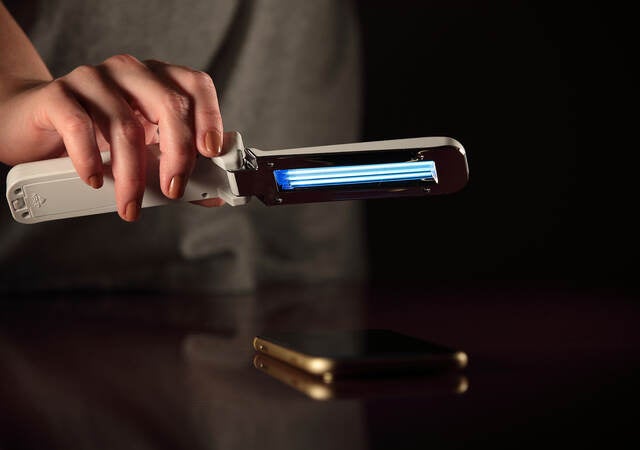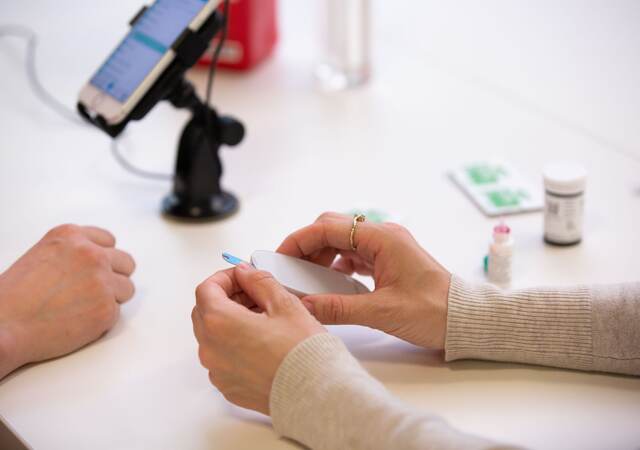A Clinical Evaluation Report (CER) documents the conclusions of a clinical evaluation and the clinical evidence for a medical device. A CER may contain clinical data from:
- Clinical investigation of the device under evaluation.
- Clinical investigation or other studies reported in the scientific literature for an equivalent device.
- Peer-reviewed scientific literature reporting on other clinical experiences of the device being evaluated or an equivalent device.
- Clinically relevant post-market surveillance (PMS) data with specific emphasis on post-market clinical follow-up (PMCF).
The CER demonstrates there is sufficient clinical evidence to verify the safety and performance, including clinical benefits, of the device under evaluation when used as intended.
Clinical Evaluation Reports are required for all medical devices in the EU and are part of the Medical Devices Regulation (EU) 2017/745 (MDR) Technical Documentation (except for custom-made devices). The Technical Documentation is essential to obtaining CE marking for a device, which is required to sell or distribute medical devices in the EU. For all devices except Class I (self-certified), the Technical Documentation, including the CER, must be audited by a Notified Body.
How to prepare a Clinical Evaluation Report for medical devices
A clinical evaluation takes place in four steps. In step one, the manufacturer establishes or updates the Clinical Evaluation Plan (CEP) to define the scope and document the clinical evaluation approach. Step two involves identifying clinical data relevant to the device under evaluation, its intended purpose and any gaps in the clinical evidence. Potential sources of clinical data include clinical investigation of the device being evaluated, PMS data, particularly PMCF, clinical literature, and equivalence data. The third step appraises the relevance, quality and scientific validity of the clinical data. New or additional clinical data is generated as needed to address any gaps in the clinical evidence. The fourth step requires the manufacturer to articulate that there is sufficient clinical evidence on the device for each relevant general safety and performance requirement (GSPR) requiring clinical data.
A list of possible elements to include in the CER is as follows:
- General information, i.e., device and manufacturer name
- Concise physical and technical device description and intended purpose
- Outline of therapeutic or diagnostic claims with supporting data
- Clinical benefit(s) and associated clinical outcome measure(s)
- State of the art including benefits and risks of alternatives to the device under evaluation
- Summary and appraisal of clinical data
- Analysis of data to demonstrate conformity with relevant GSPR such as performance, safety and acceptability of benefit-risk ratio
- Conclusions
- Evaluator qualifications
Required updates to your Clinical Evaluation Report
Under the MDR, PMCF is understood as a continuous process to proactively collect and evaluate clinical data from the use of a device with CE marking to update the clinical evaluation. As the clinical evaluation accounts for the conclusions of the PMCF Evaluation Report (PMCF ER), an update to the PMCF ER may require the CER to be updated.
The CER should also be updated regularly throughout the device lifecycle. Additionally, the CER should be updated if the manufacturer becomes aware of any PMS or PMCF data that could affect the current evaluation or its conclusions.
Watch our video to learn more
In our video, Introduction to Clinical Evaluation Reports (CER) for Europe, we'll explore the different aspects of a CER including what it is, why it is needed, an overview of the research process, and finally its contents and formatting.
Request more information from our specialist
Thanks for your interest in our products and services. Let's collect some information so we can connect you with the right person.








